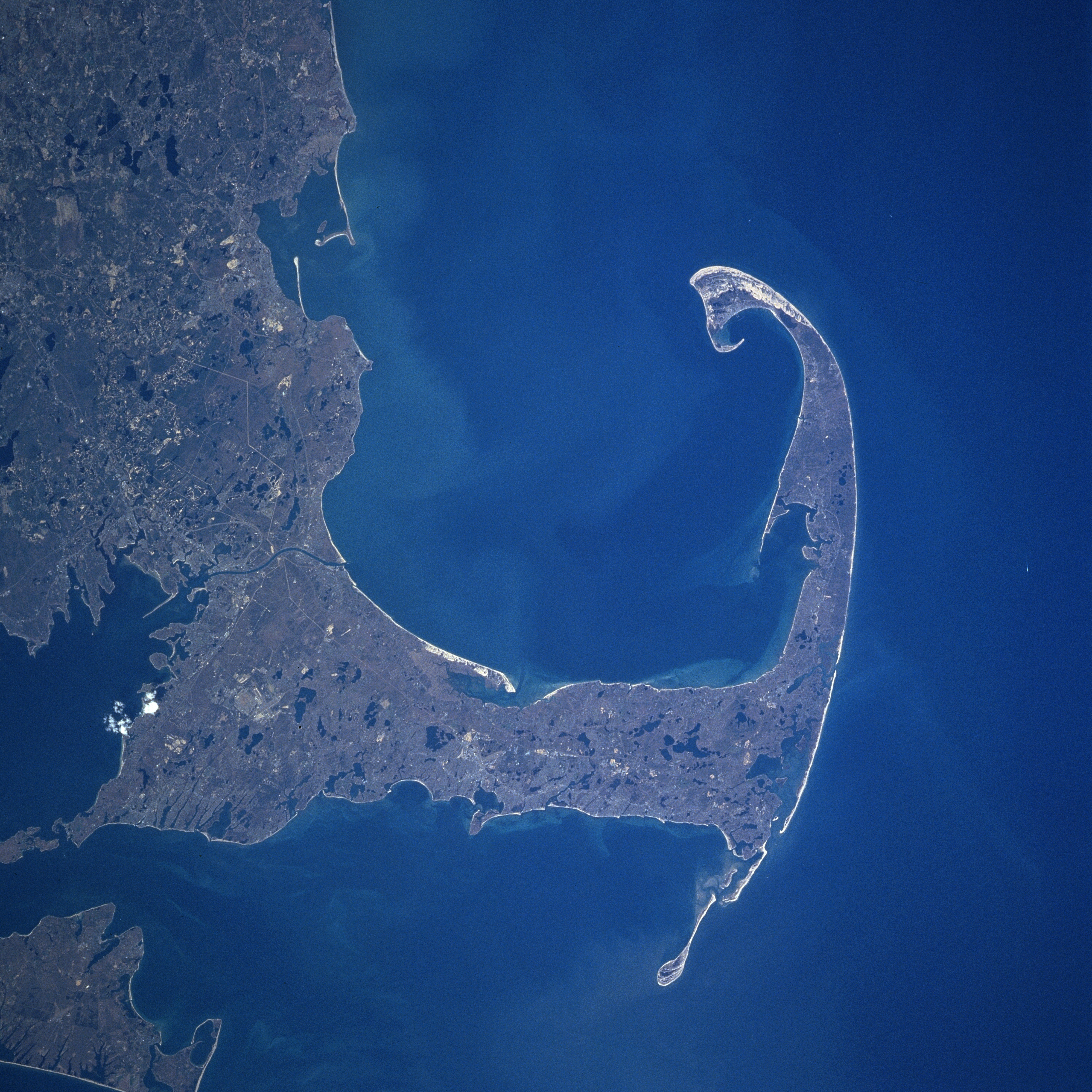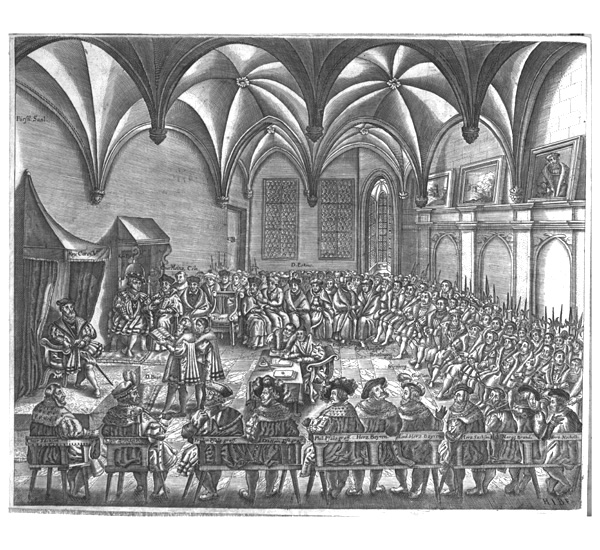|
Francesco Montemezzano
Francesco Montemezzano or Monte Mezzano (Verona, 1555 – after 1602) was an Italian painter of the late-Renaissance or Mannerist period. Life and career He was born near Verona, and appears to have been a follower, if not a pupil, of Paolo Veronese. He was active both in Venice and the mainland, painting mainly sacred subjects. He completed some of the panels for the church of San Nicolò dei Mendicoli in the Venetian district of Dorsoduro. Ridolfi in a short biography notes that Francesco ''gave himself excessively to the pleasures of love, fell in love with expensive objects'' and this led to an early death by poisoning. In media He was featured in an episode of the BBC One television programme ''Fake or Fortune?'' that aired on 19 July 2015 (Series 4, Episode 3), in which a large painting of the Lamentation of Christ at an English church ( St John the Baptist Church in Tunstall, Lancashire) was investigated and verified as being by the artist. Gallery File:'Descent ... [...More Info...] [...Related Items...] OR: [Wikipedia] [Google] [Baidu] |
Lamentation Of Christ
The Lamentation of Christ is a very common subject in Christian art from the High Middle Ages to the Baroque. After Crucifixion of Jesus, Jesus was crucified, his Descent from the Cross, body was removed from the cross and his friends mourned over his body. This event has been depicted by many different artists. Lamentation works are very often included in cycles of the ''Life of Christ in art, Life of Christ'', and also form the subject of many individual works. One specific type of Lamentation depicts only Mary (mother of Jesus), Jesus' mother Mary cradling his body. These are known as Pietà (Italian for "pity"). Development of the depiction As the depiction of the Passion of Christ increased in complexity towards the end of the first millennium, a number of scenes were developed covering the period between the death of Jesus on the Cross and his being placed in his tomb. The accounts in the Canonical Gospels concentrate on the roles of Joseph of Arimathea and Nicodemus, but s ... [...More Info...] [...Related Items...] OR: [Wikipedia] [Google] [Baidu] |
Painters From Venice
Painting is a Visual arts, visual art, which is characterized by the practice of applying paint, pigment, color or other medium to a solid surface (called "matrix" or "Support (art), support"). The medium is commonly applied to the base with a brush. Other implements, such as palette knives, sponges, airbrushes, the artist's fingers, or even a dripping technique that uses gravity may be used. One who produces paintings is called a painter. In art, the term "painting" describes both the act and the result of the action (the final work is called "a painting"). The support for paintings includes such surfaces as walls, paper, canvas, wood, glass, lacquer, pottery, leaf, copper and concrete, and the painting may incorporate other materials, in single or multiple form, including sand, clay, paper, cardboard, newspaper, plaster, gold leaf, and even entire objects. Painting is an important form of visual arts, visual art, bringing in elements such as drawing, Composition (visual art ... [...More Info...] [...Related Items...] OR: [Wikipedia] [Google] [Baidu] |
Italian Male Painters
Italian(s) may refer to: * Anything of, from, or related to the people of Italy over the centuries ** Italians, a Romance ethnic group related to or simply a citizen of the Italian Republic or Italian Kingdom ** Italian language, a Romance language *** Regional Italian, regional variants of the Italian language ** Languages of Italy, languages and dialects spoken in Italy ** Italian culture, cultural features of Italy ** Italian cuisine, traditional foods ** Folklore of Italy, the folklore and urban legends of Italy ** Mythology of Italy, traditional religion and beliefs Other uses * Italian dressing, a vinaigrette-type salad dressing or marination * Italian or Italian-A, alternative names for the Ping-Pong virus, an extinct computer virus * ''Italien'' (magazine), pro-Fascist magazine in Germany between 1927 and 1944 See also * * * Italia (other) * Italic (other) * Italo (other) * The Italian (other) The Italian may refer to: * ''The Ital ... [...More Info...] [...Related Items...] OR: [Wikipedia] [Google] [Baidu] |
16th-century Italian Painters
The 16th century began with the Julian calendar, Julian year 1501 (represented by the Roman numerals MDI) and ended with either the Julian or the Gregorian calendar, Gregorian year 1600 (MDC), depending on the reckoning used (the Gregorian calendar introduced a lapse of 10 days in October 1582). The Renaissance in Italy and Europe saw the emergence of important artists, authors and scientists, and led to the foundation of important subjects which include accounting and political science. Copernicus proposed the Copernican heliocentrism, heliocentric universe, which was met with strong resistance, and Tycho Brahe refuted the theory of celestial spheres through observational measurement of the SN 1572, 1572 appearance of a Milky Way supernova. These events directly challenged the long-held notion of an immutable universe supported by Ptolemy and Aristotle, and led to major revolutions in astronomy and science. Galileo Galilei became a champion of the new sciences, invented the first ... [...More Info...] [...Related Items...] OR: [Wikipedia] [Google] [Baidu] |
1602 Deaths
Events January–March * January 3 – Battle of Kinsale: The English defeat Irish rebels and their Spanish allies. (The battle happens on this date according to the Gregorian calendar used by the Irish and Spanish but on Thursday, 24 December, 1601 according to the old Julian calendar used by the English.) * February 2 (Candlemas night) – In London, the first known production of William Shakespeare's comedy ''Twelfth Night'' takes place. * March 20 – The United East India Company is established by the United Provinces States-General in Amsterdam, with the stated intention of capturing the spice trade from the Portuguese. April–June * April 20 – The Danish–Icelandic Trade Monopoly is established. * May 25 (May 15 Old Style) – English explorer Bartholomew Gosnold, sailing in the ''Concord'', becomes the first European at Cape Cod. * June 2 – Dutch explorer Joris van Spilbergen lands on the eastern side of the island of Sri Lanka, at Santhamuruthu, and begi ... [...More Info...] [...Related Items...] OR: [Wikipedia] [Google] [Baidu] |
1555 Births
Year 1555 ( MDLV) was a common year starting on Tuesday of the Julian calendar. Events January–March * January 22 – The Kingdom of Ava in Upper Burma falls. * February 2 – The Diet of Augsburg begins. * February 4 – John Rogers is burned at the stake at Smithfield, London, becoming the first of the 284 Protestant martyrs of the English Reformation to be killed during the five and one-half year reign of Queen Mary I of England. His death is followed within the week by that of Laurence Saunders on February 8 in Coventry, and Rowland Taylor, Rector of Hadleigh, Suffolk, and John Hooper, deposed Bishop of Gloucester on February 9. * February 26 – The Muscovy Company is chartered in England to trade with the Tsardom of Russia and Richard Chancellor negotiates with the Tsar. * March 25 – Valencia, Venezuela, is founded by Captain Alonso Díaz Moreno. April–June * April 9 – Marcello Cervini degli Spannocchi is unanimously ... [...More Info...] [...Related Items...] OR: [Wikipedia] [Google] [Baidu] |
Tunstall, Lancashire
Tunstall is a village in north Lancashire, England (). It is northeast of Lancaster on the A683 road between Lancaster and Kirkby Lonsdale. In the 2001 census the civil parish of Tunstall had a population of 105. In the 2011 census Tunstall was grouped with Cantsfield (2001 pop. 76) to give a total of 223. To the north east of the village is the Grade I listed In the United Kingdom, a listed building is a structure of particular architectural or historic interest deserving of special protection. Such buildings are placed on one of the four statutory lists maintained by Historic England in England, Hi ... Church of St John the Baptist. Several houses, a restaurant, a village hall, and a tennis court make up most of the village of Tunstall. The restaurant/pub, called the Lunesdale Arms hosts many village activities, such as carol services and quizzes. To the south of the village is Thurland Castle, which dates from the fourteenth century. It was made ruinous followi ... [...More Info...] [...Related Items...] OR: [Wikipedia] [Google] [Baidu] |
St John The Baptist's Church, Tunstall
St John the Baptist Church is located to the northeast of the village of Tunstall, Lancashire, England. It is an active Anglican parish church in the united benefice of East Lonsdale, in the deanery of Tunstall, the archdeaconry of Lancaster and the diocese of Blackburn. The benefice of East Lonsdale combines this church with St Peter, Leck, St Wilfrid, Melling, St James the Less, Tatham, The Good Shepherd, Lowgill, and Holy Trinity, Wray. The church is recorded in the National Heritage List for England as a designated Grade I listed building. Services are usually at 11:00 on 2nd & 4th Sundays, in rota with the sister church at Leck. History A church at Tunstall is recorded in the Domesday Book of 1086, but the oldest structure in the present church dates from the 13th century. The church was rebuilt around 1415 by Sir Thomas Tunstal. Alterations were made to the church in the 16th century. In the 1820s it was attended by the Brontë sis ... [...More Info...] [...Related Items...] OR: [Wikipedia] [Google] [Baidu] |
Fake Or Fortune?
''Fake or Fortune?'' is a BBC One documentary television series which examines the provenance and attribution of notable artworks. Since the first series aired in 2011, ''Fake or Fortune?'' has drawn audiences of up to 5 million viewers in the UK, the highest for an arts show in that country. ''Fake or Fortune?'' was created by art dealer and historian Philip Mould, together with producer Simon Shaw. It was inspired by Mould's 2009 book ''Sleuth'', after which the programme was originally to be entitled. It is co-presented by Mould and journalist Fiona Bruce, with specialist research carried out by Bendor Grosvenor during the first five series. Forensic analysis and archival research is carried out by various fine art specialists. Each series first aired on BBC One, except for series 3, which was shown mistakenly on SVT in Sweden before being broadcast in the UK. Format In each episode Philip Mould and Fiona Bruce focus their attention on a painting (or a group of pai ... [...More Info...] [...Related Items...] OR: [Wikipedia] [Google] [Baidu] |
Biography Of Francesco Montemezzano By Claudio Ridolfi
A biography, or simply bio, is a detailed description of a person's life. It involves more than just basic facts like education, work, relationships, and death; it portrays a person's experience of these life events. Unlike a profile or curriculum vitae (résumé), a biography presents a subject's life story, highlighting various aspects of their life, including intimate details of experience, and may include an analysis of the subject's personality. Biographical works are usually non-fiction, but fiction can also be used to portray a person's life. One in-depth form of biographical coverage is called legacy writing. Works in diverse media, from literature to film, form the genre known as biography. An authorized biography is written with the permission, cooperation, and at times, participation of a subject or a subject's heirs. An unauthorized biography is one written without such permission or participation. An autobiography is written by the person themselves, sometimes wit ... [...More Info...] [...Related Items...] OR: [Wikipedia] [Google] [Baidu] |





